The question of who blew up the Nord Stream pipelines will likely not go away. But a detailed account by investigative journalist Seymour Hersh, which blamed the United States for the explosions, is facing suppression by Western social media.
Hersh's story was published on Feb 8 on substack.com with the headline, "How America Took Out The Nord Stream Pipeline".
The U.S. has consistently claimed that Hersh's story is false.
Facebook has added qualifiers to the story by Hersh, who was a Pulitzer Prize-winning reporter for The New York Times, and also redirected readers to an article on a Norwegian website. It was Norway that Hersh alleged helped U.S. Navy divers detonate the explosives.
"On September 26, 2022, a Norwegian Navy P8 surveillance plane made a seemingly routine flight and dropped a sonar buoy. The signal spread underwater, initially to Nord Stream 2 and then on to Nord Stream 1. A few hours later, the high-powered C4 explosives were triggered and three of the four pipelines were put out of commission," Hersh wrote in February.
"Within a few minutes, pools of methane gas that remained in the shuttered pipelines could be seen spreading on the water's surface and the world learned that something irreversible had taken place."
Facebook users who try to share the URL from Hersh's story receive the following message: "Before you share this content, you might want to know that there's additional reporting from Faktisk. Pages and websites that repeatedly publish or share false news will see their overall distribution reduced and be restricted in other ways."
It also includes a link to the month-old article by Faktisk.no, a Norwegian "fact-checking" website produced in cooperation with Norwegian mass media and NRK, Norway's state broadcasting company.
Twitter user "Nuno Marques" posted on April 20 that Hersh's report "is now banned on Facebook and Reddit in Norway" and that the Norwegian government is "demanding censorship of this news as they learned more than half of their citizens were against the Nord Stream bombings!"
Australian journalist Caitlin Johnstone, writing on substack.com on April 21 said, "Facebook does not explain how a 'fact-checking' company which operates in conjunction with Norwegian state media can be regarded as 'independent' regarding an article which explicitly accuses the Norwegian government of extremely egregious crimes.
The Norwegian word Faktisk means "actually" in English.
"But whether you think Hersh's claims are valid or not, his reporting is indisputably a part of the conversation about the Nord Stream sabotage and is newsworthy in itself," Johnstone wrote. "The world's largest social media platform is straightforwardly interfering in news distribution."
The pipelines carried natural gas from Russia to Western Europe and have a terminus in Germany. The U.S. and other NATO countries have placed economic sanctions on Russia since the start of its military conflict with Ukraine in February 2022.
In an article on substack.com on April 23, author Michael Shellenberger wrote that "instead of allowing people to make up their own minds, Facebook has decided to take a side".
"And instead of explaining, Facebook sends readers to an article in Norwegian. In other words, Facebook has decided that a Norwegian journalist is right and Hersh is wrong. And maybe Hersh is wrong. Maybe the Norwegian journalist is right," wrote Shellenberger. "Whatever the case, it should not be up to Facebook to decide. It's a debate that should proceed without Facebook's intervention."
In an April 20 post on Twitter, Shellenberger wrote "After Biden's 'Summit for Democracy' last month, Facebook agreed to censor 'false narratives' that would 'weaken our support to Ukraine'."
Originally, Hersh's article was blurred out with the label "false information, checked by independent fact checkers". It has been unblurred and has a picture of a coastal scene and is now labeled "partly false information".
Branko Marcetic, a staff writer for Jacobin magazine, pointed out in an April 21 article for the Responsible Statecraft website that other stories — including one published on March 7 by The New York Times that suggested a pro-Ukrainian group was behind the explosions — do not carry similar warnings by Facebook, nor do accounts that allege Russia was behind the pipelines' destruction.
"This is despite the fact that such accusations clash with the now-official narrative of a pro-Ukrainian, nonstate group, and that even Western officials now openly doubt Russia's culpability for attacking its own pipeline, which could cost half a billion dollars to repair by one estimate," Marcetic wrote.
Russian website RT.com tweeted on April 21, "The notoriously 'impartial' Facebook red flags Seymour Hersh's reporting on Nord Stream sabotage as 'false' citing counterclaims by 'independent fact-checkers' from Norway and Ukraine."
George Beebe, a former CIA officer and now head of the Quincy Institute's Grand Strategy program told Responsible Statecraft: "The Biden administration seems to be recognizing that the story of the Russians blowing up their own pipeline wasn't holding any water.
"This doesn't mean (that The New York Times story) is wrong, but it sure does raise questions in my mind as to what is going on here," Beebe said. "They didn't show any evidence to The New York Times reporters, they simply said, 'We have this new intelligence. Trust us.'"









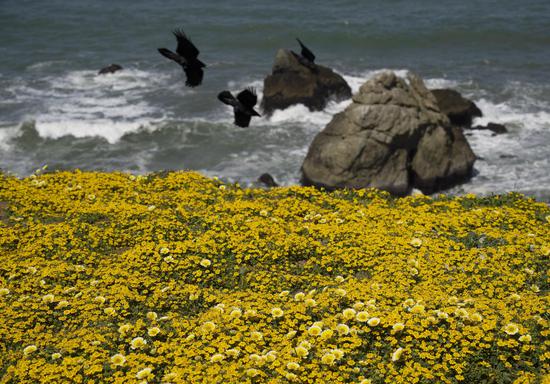




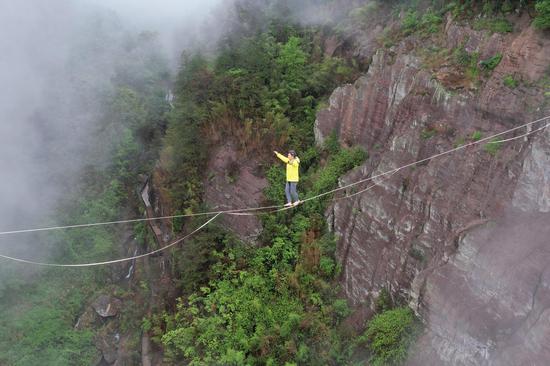








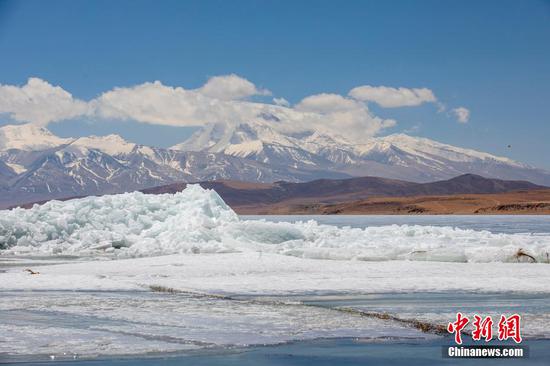

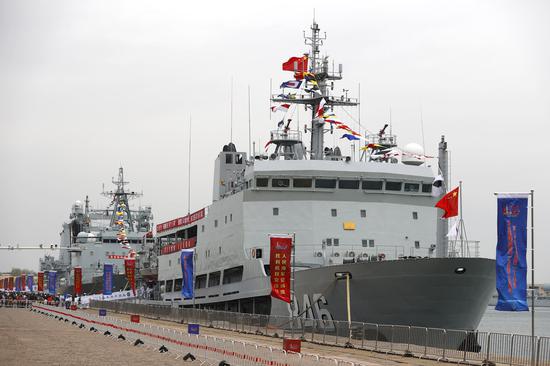





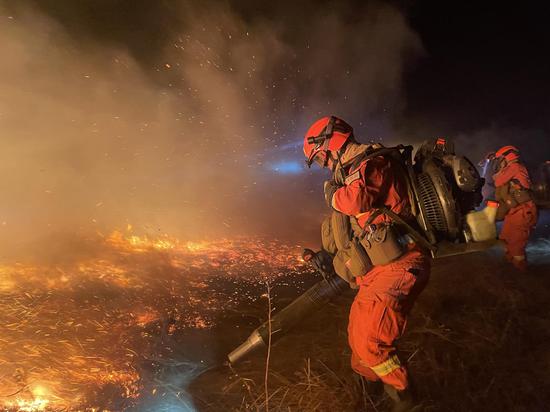

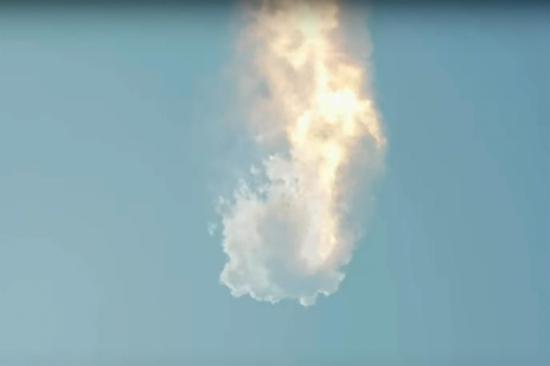
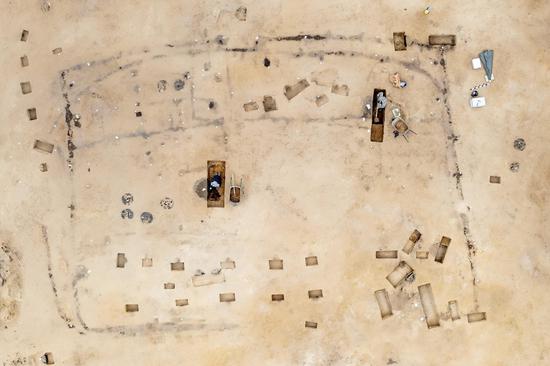
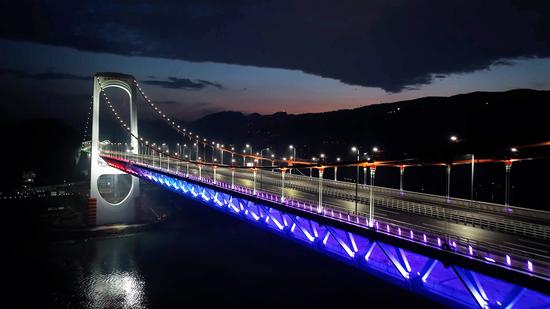








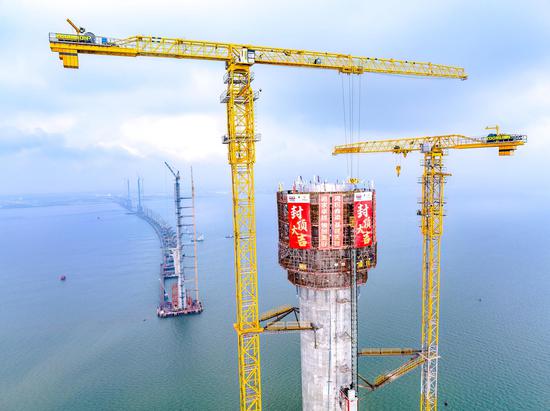





 京公网安备 11010202009201号
京公网安备 11010202009201号